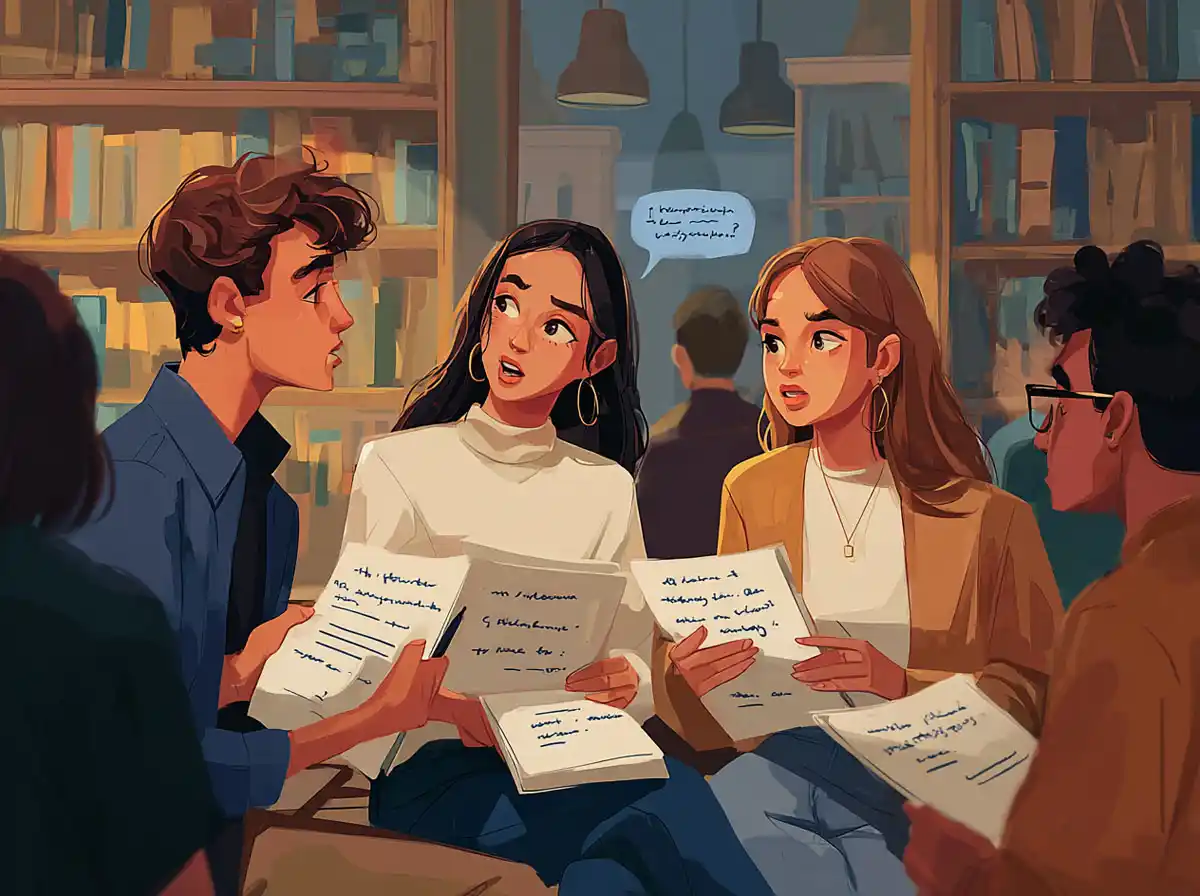Basic Materials and Tools
Understanding the basic materials and tools is fundamental to grasping the nuances of Portuguese textile arts. Here are some essential terms:
– **Tecido**: This is the general term for fabric or cloth. Different types of tecido are used in various textile arts, including cotton (algodão), wool (lã), and linen (linho).
– **Linha**: This translates to thread or yarn. Linha is the backbone of many textile crafts, used in everything from sewing to weaving.
– **Agulha**: The word for needle. Agulhas come in different types and sizes, each suited to specific tasks like embroidery (bordado) or knitting (tricô).
– **Tesoura**: This means scissors. Good quality tesouras are essential for cutting fabric and thread precisely.
– **Dedal**: A thimble, used to protect fingers when pushing needles through thick fabric.
Textile Techniques
Portugal boasts a variety of unique textile techniques, each with its own set of specialized terms:
Bordado (Embroidery)
Embroidery is a popular textile art in Portugal, especially in regions like Madeira and Viana do Castelo. Here are some key terms:
– **Ponto**: This means stitch. Different types of ponto include ponto cruz (cross stitch) and ponto cheio (satin stitch).
– **Bastidor**: An embroidery hoop or frame used to keep the fabric taut while stitching.
– **Linha de Bordar**: Embroidery floss, which is a type of thread specifically designed for embroidery.
Tricô (Knitting) and Crochê (Crochet)
Both knitting and crochet are beloved crafts in Portugal, each with its own terminology:
– **Fio**: This is another term for yarn or thread, often used interchangeably with linha.
– **Agulha de Tricô**: Knitting needles, which come in various sizes and materials.
– **Agulha de Crochê**: A crochet hook, used to create loops in yarn.
– **Ponto de Tricô**: A knit stitch, one of the basic stitches in knitting.
– **Ponto de Crochê**: A crochet stitch, the foundation of crochet work.
Traditional Portuguese Textile Arts
Portugal has a rich tradition of textile arts, many of which have been passed down through generations. Here are some specific types:
Rendas de Bilros (Bobbin Lace)
Bobbin lace is a delicate and intricate form of lace-making. Key terms include:
– **Bilros**: Bobbins, the spools around which thread is wound.
– **Renda**: Lace, the final product created from interlacing threads.
– **Almofada**: A pillow used to support the work as the lace is being made.
Tapetes de Arraiolos (Arraiolos Rugs)
These are traditional embroidered rugs from the town of Arraiolos. Key terms include:
– **Tapete**: Rug or carpet.
– **Lã**: Wool, the primary material used in Arraiolos rugs.
– **Ponto de Arraiolos**: The specific stitch used in creating these rugs, similar to a cross stitch but with unique variations.
Chitas de Alcobaça (Alcobaça Chintz)
This is a type of printed cotton fabric known for its vibrant patterns. Key terms include:
– **Chita**: Chintz, a glazed cotton fabric.
– **Estampa**: Print or pattern, often floral or geometric.
Common Phrases and Expressions
To fully appreciate Portuguese textile arts, it’s helpful to know some common phrases and expressions related to the craft:
– **”Fazer um ponto”**: This means to make a stitch. It’s a basic phrase used in various textile arts.
– **”Enfiar a agulha”**: This translates to thread the needle, a fundamental step in sewing and embroidery.
– **”Dar um nó”**: This means to tie a knot. Knots are essential in securing thread in many textile crafts.
– **”Desmanchar”**: To undo or unravel. This term is often used when a mistake needs to be corrected in knitting or crochet.
Cultural Significance
Textile arts in Portugal are not just about creating beautiful objects; they are deeply embedded in the country’s cultural identity. Understanding the cultural context can enrich the learning experience:
– **Festivals and Celebrations**: Many Portuguese festivals feature traditional textile arts. For example, during the Festa da Senhora da Agonia in Viana do Castelo, women wear intricate embroidered costumes.
– **Family Heritage**: Skills like embroidery and lace-making are often passed down through generations, making them a cherished part of family heritage.
– **Regional Variations**: Different regions in Portugal have their own unique textile traditions, reflecting the local culture and history. For instance, Madeira is famous for its fine embroidery, while the Azores are known for their intricate lacework.
Learning Resources and Tips
For those interested in diving deeper into Portuguese textile arts, here are some tips and resources:
– **Workshops and Classes**: Many regions in Portugal offer workshops where you can learn traditional textile techniques. These are often conducted in Portuguese, providing a great opportunity to practice the language.
– **Books and Magazines**: There are numerous books and magazines dedicated to Portuguese textile arts. Look for ones that include glossaries to help with vocabulary.
– **Online Tutorials**: Websites like YouTube have tutorials on Portuguese embroidery, knitting, and other textile arts. Watching these can help you pick up both the craft and the language.
– **Museums and Exhibitions**: Visiting museums and exhibitions can provide a deeper understanding of the historical and cultural context of Portuguese textile arts. Many museums have bilingual descriptions, which can aid in learning.
Conclusion
Exploring Portuguese textile art and craft terms offers a unique window into the language and culture of Portugal. Whether you are a language learner, a craft enthusiast, or both, understanding these terms enriches your appreciation of the intricate beauty and cultural significance of Portuguese textiles. From the basic materials and tools to the specialized techniques and traditional arts, each term carries with it a piece of Portugal’s rich heritage. So, pick up your agulha and linha, and start stitching your way into the world of Portuguese textile arts!










